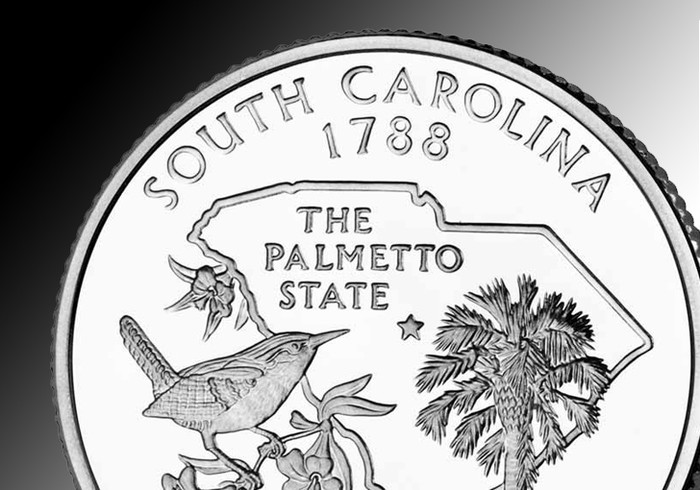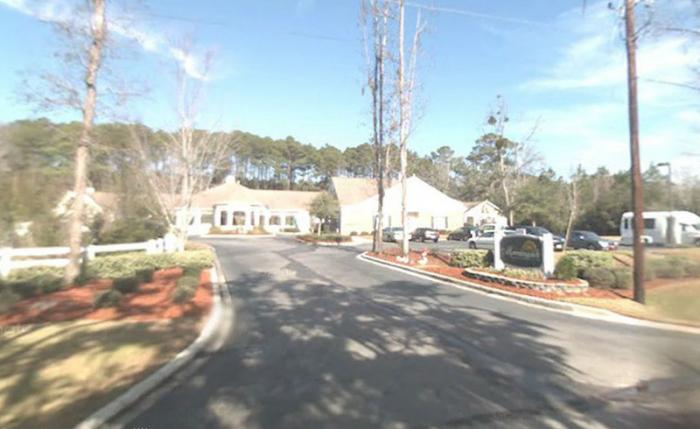
Flickr user thetruthabout
You know how your kids don't like when report cards come out? Well schools and school districts typically don't like them either.
But it looks like the Beaufort County School District has seen some gains in terms of schools earning above average ratings this year.
The Island Packet has a short story on the results. You can check that out here.
One point I found interesting is that this was the first year Riverview Charter School, the county's only charter school, received a state report card, and they got on the board with a 'good' rating from the state, which is the second-highest rating. Nine of the county's elementary and middle schools received good rating.
If you want to check out how your child's school performed you can head on over to the S.C. Department of Education.
We've also copied and pasted the state press release below.
Many elementary, middle schools post higher ratings on annual report cards
Boosted by improvements in student test scores, elementary and middle schools generally posted better ratings in annual report cards released today by the South Carolina Department of Education. A greater percentage of public primary, elementary and middle schools had Absolute ratings of Excellent, Good or Average, up from 78 percent in 2009 to 82 percent in 2010. The percentage of those schools with lower ratings of Below Average or At-Risk dropped from 21 to 18 percent. The numbers of primary, elementary and middle schools achieving Absolute ratings of Excellent showed healthy gains, up from 163 schools in 2009 to 202 in 2010. The number of schools with Good ratings increased from 149 to 165. Elementary schools were the leading gainers in both cases. Ratings formulas based on student achievement levels are set by the Education Oversight Committee, created by the General Assembly to guide implementation of South Carolina’s Education Accountability Act of 1998. Elementary and middle schools receive Absolute ratings – Excellent, Good, Average, Below Average or At-Risk – based on how their students perform on the Palmetto Assessment of State Standards, or PASS. “In a nutshell, we have higher ratings this year because of higher PASS scores,” said State Superintendent of Education Jim Rex. “Student performance was up for most subjects in most grades. Despite economic turmoil and state budget cuts, schools have kept their focus on teaching and learning. And that’s cause for optimism.” High school and district report card ratings will be released in January. The federal government now requires states to calculate high school graduation rates in a way that requires schools to submit documentation differently on individual students, and state education officials said that doing this for the first time is requiring additional staff time at the state and local levels. Eighty-three per cent of primary, elementary and middle schools – 779 schools in all – either maintained or boosted their Absolute ratings from one year to the next. Thirteen percent of students statewide are enrolled in primary, elementary or middle schools listed as At-Risk or Below Average, down from 15 percent last year. “Circumstances this year pushed schools toward failure, but many of them managed to improve student achievement,” Rex said. “That’s a tribute to the extraordinary effort we’ve seen from teachers, administrators, school boards, student and parents,” Rex said. “Schools held their ground – or even boosted their ratings – in the face of 4,000 to 6,000 K-12 jobs being eliminated, mandatory unpaid leave for staff, cuts in school supplies and special programs, growing numbers of homeless students and untold economic stresses on families.” In addition to Absolute ratings, report cards contain Growth ratings that compare individual student test scores from one year to the next. Like Absolute ratings, Growth ratings are based on mathematical formulas set by the EOC. More than twice as many primary, elementary and middle schools received Growth ratings of Excellent for 2010 – a total of 238 schools compared to 91 in 2009. Growth ratings were especially healthy for elementary schools, where 183 schools rated Excellent (versus 76 the year before), and for middle schools (42 Excellent in 2010 against 8 in 2009). The number of schools receiving At-Risk Growth ratings in 2010 dropped to 32 from 79 the year before. Eighty-eight percent of primary, elementary and middle schools had Growth ratings of Average, Good or Excellent on the 2010 report cards, an increase of seven percentage points. Rex said that poverty levels in South Carolina schools, measured by a calculation based on the percentage of students receiving Medicaid and/or reduced meal plans, increased dramatically in 2010. The percentage of primary, elementary and middle schools serving high-poverty student populations (70 percent or more) increased from 58 to 64 percent. “Less than five percent of our primary, elementary and middle schools serve low-poverty populations,” Rex said. “But nearly half of them have at least 80 percent of their students living in poverty, which poses considerable obstacles for student achievement. These schools face greater challenges that require more resources, and state funding cuts over the past two years haven’t helped.” The 2010 report cards show that poverty’s impact presents a greater challenge for middle schools. Only two middle schools with an 80 percent poverty index earned an Absolute rating of Good, while 92 had Absolute ratings that were Below Average or At-Risk. Seventeen out of 167 middle schools with an 80 percent poverty index had Growth ratings of Excellent or Good. "We are pleased to see affirmation that schools are succeeding in these difficult times, despite increases in poverty," said EOC Chairman Neil C. Robinson Jr. "However, the achievement gaps are troubling as they continue to widen among student groups, notably in subject areas like science. We cannot lose sight of these challenges if we expect to meet the goals we have set for our students, our schools and our state." Rex said achievement gaps between students of different demographic groups and socio-economic status continue to pose significant challenges in South Carolina and cross the nation. “There’s no simple solution,” Rex said. “Despite some signs of progress, PASS scores remain lower for African-American students, students with limited English proficiency and those enrolled in free or reduced-price school lunch programs. We don’t want to narrow these gaps by having some students mark time while others move up. The goal is to improve the performance of all student groups.” The performance of 33 elementary and middle charter schools is included in the report card ratings. Six schools are rated Excellent, while four are Good and 14 are Average. Five charter schools rated Below Average and four are At-Risk. In addition to state and federal ratings required by EAA and the federal No Child Left Behind Act, report card data also include student-teacher ratios, dollars spent per student, absentee rates for students and teachers, amount of instructional time, average teacher salaries and the socio-economic status of students’ families.


